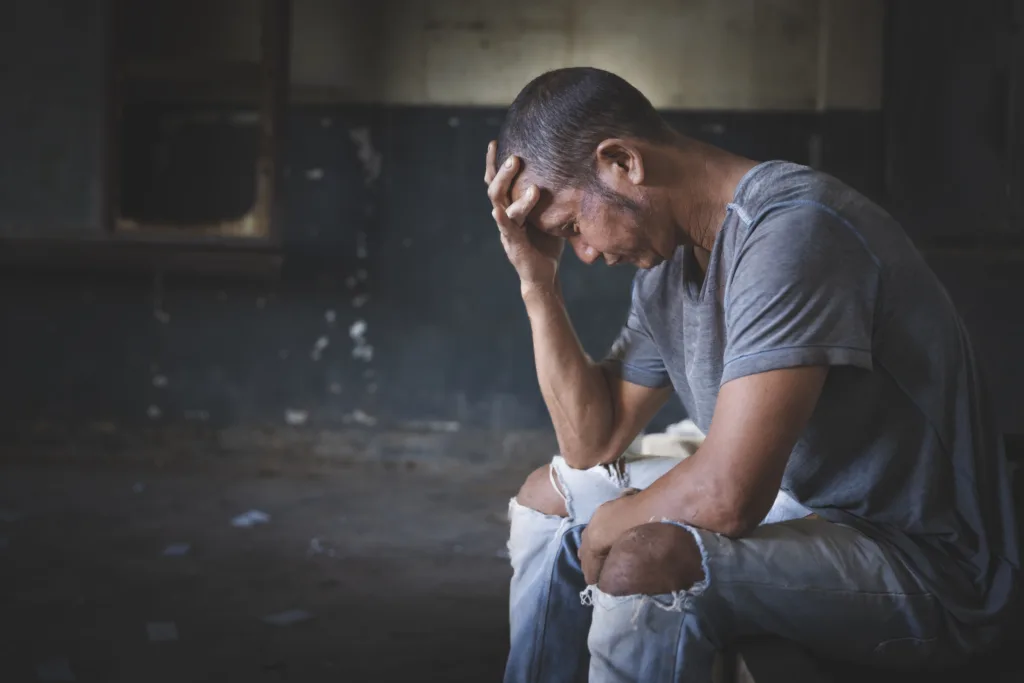Most Popular
Categories
Archives
Following surgery, after a serious injury or in response to a diagnosis of chronic pain, doctors may prescribe painkiller medication to their patient(s). While this is not a bad thing – painkillers can be very beneficial for managing pain if used properly – it can be a risky thing.
Because of the addictive nature of painkillers and the relatively short amount of time it takes the body to become addicted, it is important for those taking painkillers to understand the risks and be conscious of the potential side effects.
What is painkiller abuse?
Numerous people have found relief from chronic pain or have recovered smoothly post-op with the use of prescription opioids. When used appropriately, prescription painkillers can help numerous patients establish a healthy lifestyle now that they don’t need to worry so much about the complications of chronic pain.
But with each prescription comes a risk – the side effects of many prescription painkillers include respiratory depression (slower breathing rate) and the risk of abuse and/or addiction.
Painkiller abuse essentially occurs when you do not use the medication for its intended purpose, take larger doses than prescribed or maintain the prescription longer than your body needs (i.e. you have recovered from surgery, but continue getting the prescription filled in order to continue feeling the drug’s effects).
What are the symptoms of painkiller addiction?
Painkiller addiction does not happen overnight – although most painkillers, like opioids – do not take long for the body to develop a tolerance. Tolerance is when your body has become so accustomed to metabolizing the drug that in order to feel the same pain-relieving effects, you need to take a higher dose of the substance.
Tolerance is often the first symptom of a growing risk of addiction. It should serve as an indication that you need to talk with your doctor about alternative options for managing pain – however, the dose is often increased in this situation, which can lead to an even greater risk of abuse.
Other common symptoms of painkiller abuse include:
- Experiencing withdrawal symptoms when you miss a dose or try to stop taking the drug
- Seeing multiple doctors for the sake of filling multiple prescriptions
- Taking more of the medication than was prescribed to achieve a more intense effect
- Taking medication that was prescribed for someone else
- Going through worsening moods, or mood swings
- Seeking to withdraw from family or friends, events or other experiences you previously enjoyed
- Physical changes, like dilated pupils, itchy/flushed skin, sedation or nausea and GI upset
- Suffering from symptoms of depression or anxiety, especially if you’ve never before had a mental health diagnosis.
Depending on each individual, symptoms of painkiller abuse may vary from person to person. Whether one develops abusive habits is highly dependent on factors like personal history, any pre-existing mental health complications and their environment. That being said, it’s crucial for all patients to understand the risks and to follow all instructions in regard to these drugs.
Short- and long-term effects of painkiller abuse
While pain relief is definitely one of the intended effects of painkillers, there are a number of other side effects you may experience when taking these drugs. Short-term effects are those you experience right after use, while long-term effects are the ones you may continue to experience even after the medication use has stopped.
Common short-term effects of painkillers include:
- Depressed respiration (slowed breathing)
- Constipation or nausea
- Relaxation
- Euphoria
- Confusion
- Paranoia
Long-term effects of painkillers include:
- Increased risk of overdose (as your body grows intolerant, you will need more of the substance to achieve the same effect, which ultimately leads to a greater risk of overdosing)
- GI dysfunction and complications
- A poorly functioning immune system
- Liver damage
- The experience of potentially dangerous withdrawal symptoms
- Brain damage, as a result of the slowed breathing rate that opioids cause
- Heart/cardiac complications
- Decreased bone strength and a higher risk of fractures (often seen in the elderly who have been on prescription painkillers for an extended amount of time)
While these lists are not comprehensive, and the side effects one will experience rely greatly on their own personal health, routine and genetics, it’s important to know the risks in order to make an educated decision for the benefit of your health.
Treatment for painkiller addiction
Treatment for painkiller abuse and/or addiction most often involves a detox process (getting rid of all the contaminants in the body) followed by a mental health recovery program where you slowly work to reprogram the brain and set yourself up for lifelong healing and recovery.
If you are interested in starting treatment for painkiller abuse, reach out to October Road. Contact us by calling our offices at 888-201-5086 anytime to learn more.



